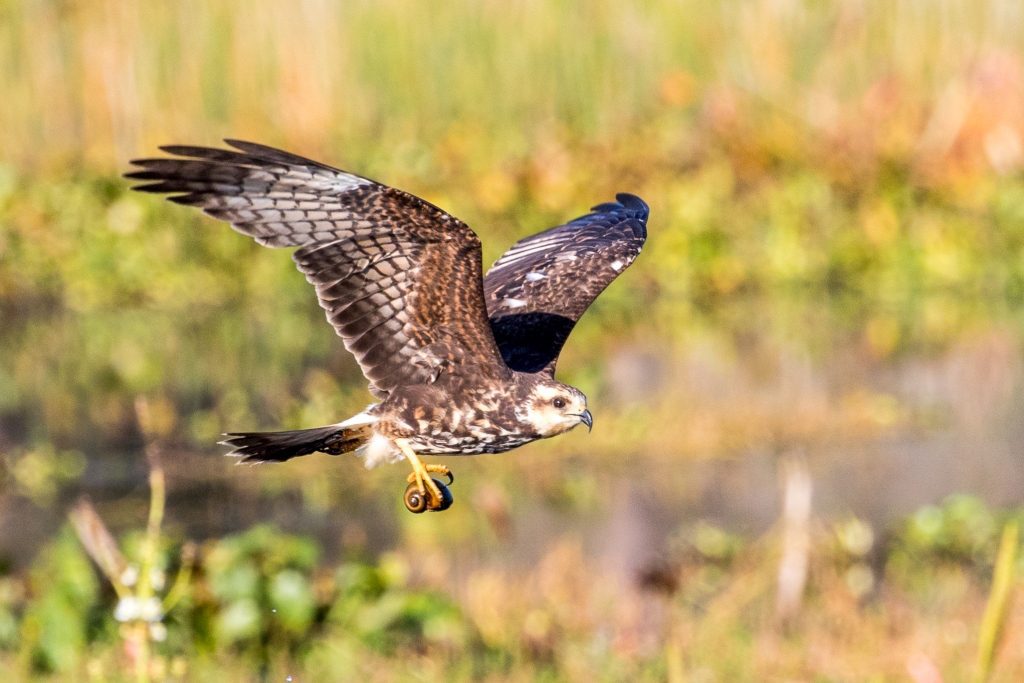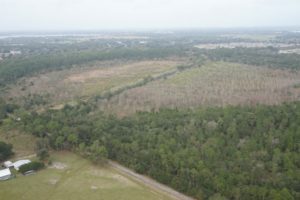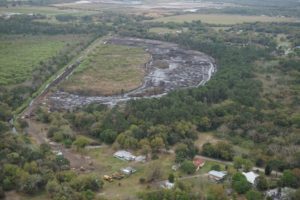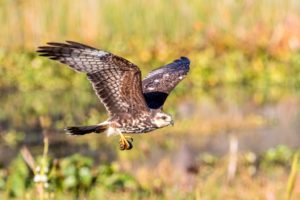Lake Gwyn Wetland Restoration Project
The Polk County Parks & Natural Resources Division’s Water Resources section is responsible for managing the water quality of lakes and streams within unincorporated Polk County. In a county having over 550 named lakes and numerous rivers and streams, the challenges of maintaining water quality can be great, and the day-to-day operations might be considered tedious. However, the water resources team often gets to work on “fun” projects that help meet the objectives and goals for the county. One such project is the Lake Gwyn Wetland Restoration project.
Lake Gwyn West Restoration
Lake Gwyn is a 120-acre water body located east of County Road 655 in Wahneta. It is connected to the Wahneta Farms Drainage Canal which naturally flows to the Peace River. Historical construction of the canal bisected the lake diagonally from north to south and left behind spoil piles which prevented water in the canal from hydrating the remnant lake bottom on the east and west sides of the canal. As a result of the sustained lack of hydration, the lake converted to a degraded wetland system overrun with exotic vegetation.
Why Restore Lake Gwyn
Many lakes and surface waters have been degraded due to human influence. What made Gwyn a candidate for restoration? As science became more advanced and our understanding of lake systems grew, water quality data showed the Wahneta Farms Canal as an impaired system, and the State of Florida adopted a Total Maximum Daily Load (TMDL) for fecal coliform bacteria. A TMDL is the maximum amount of a pollutant a surface water body can absorb and still meet its intended use.
Land ownership or control is a large and typically expensive component of any project. In the case of Lake Gwyn, the land needed for the project is owned by the state and no monies needed to be spent for land acquisition, as a long-term lease for the land was awarded to the county by the state.
Lastly, the Southwest Florida Water Management District (SWFWMD) recommended restoration of the lake in the 2005 Wahneta Canal Watershed Management Plan. Such recommendations by outside entities lend weight to a project. Using this study as a reference, the county was able to obtain additional funding from agencies such as the SWFWMD, Florida Department of Environmental Protection (FDEP), and the Florida Fish and Wildlife Conservation Commission (FWC).
Project Details
With funding available to complete only a portion of the project, the county addressed the west side of the lake first and will construct the east side at a later date. In 2015, the County completed the restoration of the west side of Lake Gwyn. Construction included diverting the flow of the canal into the excavated west side of the lake; removal of exotic vegetation and replanting of desirable species; diverting the water back to the canal at the south end of the site; and the installation of a walk path, bridge, and dock for public use. By allowing the water to slowly move through the restored wetland system, the water quality could be improved to help meet the TMDL. Other benefits are realized as well, such as helping to meet minimum flows and levels in the Peace River, improvement of the wetland habitat, flood storage, and public education.
Current Activities
The county conducts water quality sampling and analysis at this site each month and monitors lake levels continuously. It’s still too early to quantify the improvements being made from a water quality standpoint, but as time passes and more data is collected, our understanding of how well the system is working will develop. Annual reports are required to be submitted to the state.
From a habitat standpoint, the results have been immediate and very good. The planted vegetation is thriving and the county removes undesirable species on a regular basis. Approximately 98 bird species have been identified using the site, including the endangered snail kite. The FWC is proposing to stock the site with game fish in the near future.
Future Activities
The county is currently seeking funding partners for the restoration of the east side of the lake and will begin project planning in 2017.
Article Provided by Polk County Parks & Natural Resources,
Written by Art Wade

